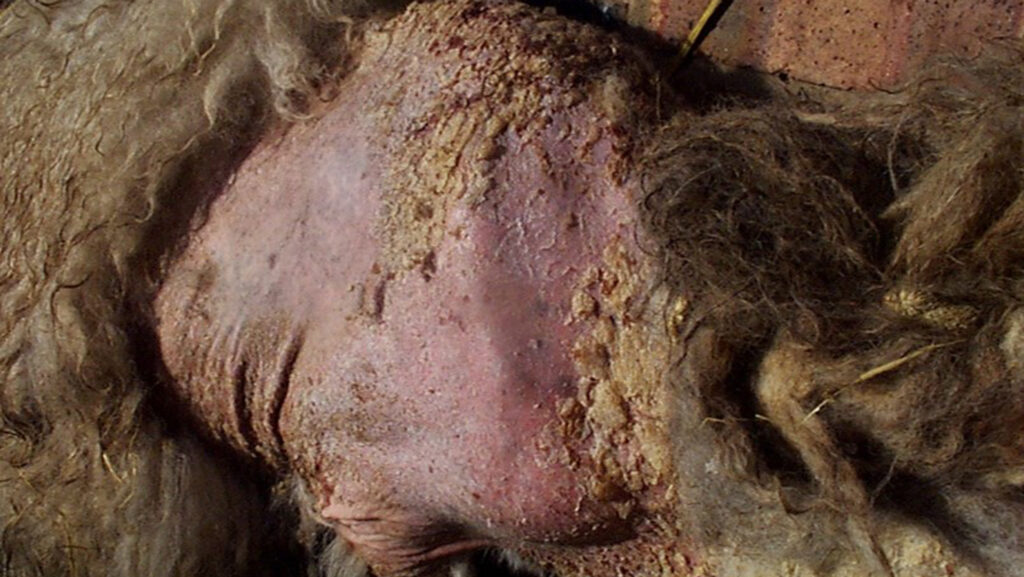Scots lead sheep scab genetic research
 © Nadis
© Nadis Scientists hope to explain the genetic mechanism driving the resistance of a common sheep ectoparasite to a widely used injectable drug.
Moredun Research Institute researchers are embarking on a three-year genomic study to investigate the sheep scab mite and how it develops resistance to macrocyclic lactone (ML) injectables.
The £1.2m project involves the University of Glasgow, Scotland’s Rural College (SRUC), and the Sustainable Control of Parasites in Sheep (Scops) group.
See also: Video: How farmers are uniting to eradicate sheep scab
ML injectables (ivermectin, doramectin and moxidectin) are one method of scab control in sheep. The other is plunge-dipping in organophosphate (OP) solution.
However, ML injectable are dual-purpose – also controlling gastrointestinal nematodes – meaning increased resistance risk due to heightened use of ML injectables and resistance of both internal and external parasites.
Maintaining both plunge dipping and ML injectables will help sheep farmers control scab in the future, as resistance can develop to both, says the Moredun.
Moredun project lead Dr Stew Burgess said: “Sheep scab remains a significant threat to livestock health and welfare, imposing substantial economic burdens on farmers across the UK.
“With this funding, we aim to decode the genetic basis of resistance and its spread, providing the agricultural community with vital tools and updated strategies to manage this pervasive issue effectively.”
Lesley Stubbings, of Scops, said: “Understanding the basis of resistance in the MLs, together with the potential for early detection, will allow the industry to develop strategies to manage and slow resistance.”
ML resistance was complex, said Dr Jenni McIntyre, part of the research team at the University of Glasgow, adding that it posed a major challenge to farmers in controlling internal parasites and scab.
What is sheep scab?
- Caused by the psoroptes ovis mite
- Mites lay eggs which hatch over 10-14 days
- First signs can be restlessness, rubbing against fencing, soiled and stained areas of wool, head tossing and loose fleece
- Later infestation stages are more obvious as mites spread out from the edge of skin lesions
- Bad cases can lead to open, bleeding wounds and secondary skin infections
